- Have any questions?
- +86-189 8930 5995
- sales@mosinterchem.com.cn
Resveratrol CAS 501-36-0

Trehalose CAS 99-20-7
17/12/2018
Octacosanol CAS 557-61-9
17/12/2018| Model: | MOS501-36-0 |
| Brand Name: | MOSINTER |
| CAS No.: | 501-36-0 |
| Purity: | ≥98 |
| Molecular formula: | C14H12O3 |
| Molecular weight: | 228.24 |
| Storage condition: | -20°C |
| Boiling poin: | 449.1°C at 760 mmHg |
| Melting point: | 253-255°C |
| Flashing point: | 222.3°C |
| Vapour pressure: | 1.11E-08mmHg at 25°C |
Resveratrol (CAS: 501-36-0)
| Item | Index |
| Appearance | White or almost white crystalline powder |
| Purity %≥ | 98 |
Resveratrol (3,5,4′-trihydroxy-trans-stilbene) is produced in response to injury. It is a stilbenoid, a type ofnatural phenol,
and a phytoalexin produced naturally by several plants when under attack by pathogens such as bacteriaor fungi.
There is limited evidence of health effects in humans.
Health effects
Heart disease
There is little evidence of benefit from resveratrol in those who already have heart disease.
Cancer
As of 2007, there is no evidence of an effect on cancer in humans.
Metabolism
There is very little human evidence of an effect of resveratrol on metabolism.
There is some promising evidence inrodents.
Lifespan
The effect of resveratrol on lifespan in humans is unclear as of 2011. There is some evidence of
benefit in yeast and mice. However, no benefit has been shown for healthy non-obese mammals.
Adverse effects
Long-term effects of using resveratrol are currently unknown. Citing the evidence that resveratrol
isestrogenantagonistic, some retailers of resveratrol advise that the compound may interfere with oral
contraceptives and that women who are pregnant or intending to become pregnant should not use the
product, while others advise that resveratrol should not be taken by children or young adults under
eighteen, as no studies have shown how it affects their natural development. A small study found a
single dose of up to 5 g of trans-resveratrol caused no serious adverse effects in healthy volunteers.
Potential carcinogenicity
Resveratrol in common with other polyphenols, was found to be a strong topoisomerase inhibitor,
sharing similarities to chemotherapeutic anticancer medicine, such as etoposide and doxorubicin.
This may simultaneously contribute to both the potential anticarcinogenic and carcinogenic properties
of the substance in given circumstances. Harmful properties of resveratrol may be pronounced in the
human fetus, as it has diminished detoxification systems. Therefore, resveratrol as commonly sold
combined with other “bioflavonoids”, should not be used by pregnant women.
Occurrences
In plants
Resveratrol was originally isolated by Takaoka from the roots of hellebore in 1940, and later, in 1963,
from the roots of Japanese knotweed. It attracted wider attention only in 1992, however, when its presence
in wine was suggested as the explanation for cardioprotective effects of wine.
In grapes, trans-resveratrol is a phytoalexin produced against the growth of fungal pathogens such as Botrytis cinerea.
Its presence in Vitis vinifera grapes can also be constitutive, with accumulation in ripe berries of different levels of
bound and free resveratrols, according to the genotype. In grapes, resveratrol is found primarily in the skin, and,
in muscadine grapes, also in the seeds. The amount found in grape skins also varies with the grape cultivar, its
geographic origin, and exposure to fungal infection. The amount of fermentation time a wine spends in contact
with grape skins is an important determinant of its resveratrol content.
It is also found in Pinus strobus, the eastern white pine.
In foods
The levels of resveratrol found in food varies greatly. Red wine contains between 0.2 and 5.8 mg/l, depending on
the grape variety, while white wine has much less, because red wine is fermented with the skins, allowing the wine
to extract the resveratrol, whereas white wine is fermented after the skin has been removed. The composition of
wine is different from that of grapes since the extraction of resveratrols from grapes depends on the duration of
the skin contact, and the resveratrol 3-glucosides are in part hydrolised, yielding both trans- and cis-resveratrol. A number of reports have indicated muscadine grapes may contain high concentrations of resveratrol,
and that wines produced from these grapes, both red and white, may contain more than 40 mg/l, however,
subsequent studies have found little or no resveratrol in different varieties of muscadine grapes.
One of the most promising sources is peanuts, especially sprouted peanuts where the content rivals that in grapes.
Before sprouting, it was in the range of 2.3 to 4.5 μg/g, and after sprouting, in the range of 11.7 to 25.7 μg/g
depending upon peanut cultivar.
The fruit of the mulberry (esp. the skin) is a source, and is sold as a nutritional supplement.
Cocoa powder, baking chocolate, and dark chocolate also have low levels of resveratrol in normal
consumption quantities (0.35 to 1.85 mg/kg).
Content in wines and grape juice
| Beverage | Total resveratrol (mg/l) | Total resveratrol (mg/150ml) |
| Red wine (global) | 1.98 – 7.13 | 0.30 – 1.07 |
| Red wine (Spanish) | 1.92 – 12.59 | 0.29 – 1.89 |
| Red grape juice (Spanish) | 1.14 – 8.69 | 0.17 – 1.30 |
| Rose wine (Spanish) | 0.43 – 3.52 | 0.06 – 0.53 |
| Pinot noir | 0.40 – 2.0 | 0.06 – 0.30 |
| White wine (Spanish) | 0.05 – 1.80 | 0.01 – 0.27 |
The trans-resveratrol concentration in 40 Tuscan wines ranged from 0.3 to 2.1 mg/l in the 32 red wines tested
and had a maximum of 0.1 mg/l in the 8 white wines in the test. Both the cis- and trans-isomers of resveratrol
were detected in all tested samples. cis-resveratrol levels were comparable to those of the trans-isomer. They ranged from 0.5 mg/l to 1.9 mg/l in red wines and had a maximum of 0.2 mg/l in white wines.
In a review of published resveratrol concentrations, the average in red wines is 1.9 ± 1.7 mg trans-resveratrol/L (8.2 ± 7.5 μM), ranging from nondetectable levels to 14.3 mg/l (62.7 μM) trans-resveratrol. Levels
of cis-resveratrol follow the same trend as trans-resveratrol.
Reports suggest some aspect of the wine making process converts piceid to resveratrol in wine, as wine seems
to have twice the average resveratrol concentration of the equivalent commercial juices.
In general, wines made from grapes of the Pinot Noir and St. Laurent varieties showed the highest level of trans-resveratrol, though no wine or region can yet be said to produce wines with significantly higher concentrations
than any other wine or region.
Content in selected foods
| Food | Serving | Total resveratrol (mg) |
| Peanuts (raw) | 1 c (146 g) | 0.01 – 0.26 |
| Peanuts (boiled) | 1 c (180 g) | 0.32 – 1.28 |
| Peanut butter | 1 c (258 g) | 0.04 – 0.13 |
| Red grapes | 1 c (160 g) | 0.24 – 1.25 |
| Cocoa powder | 1 c (200 g) | 0.28 – 0.46 |
Ounce for ounce, peanuts have about half as much resveratrol as red wine. The average amount in
peanuts in the marketplace is 79.4 µg/ounce.
In comparison, some red wines contain approximately 160 µg/fluid ounce. Resveratrol was detected in
grape, cranberry, and wine samples. Concentrations ranged from 1.56 to 1042 nmol/g in Concord grape
products, and from 8.63 to 24.84 µmol/L in Italian red wine. The concentrations of resveratrol were similar
in cranberry and grape juice at 1.07 and 1.56 nmol/g, respectively.
Blueberries have about twice as much resveratrol as bilberries, but there is great regional variation. These
fruits have less than 10% of the resveratrol of grapes. Cooking or heat processing of these berries will contribute
to the degradation of resveratrol, reducing it by up to half.
Supplementation
As a result of extensive news coverage, sales of supplements greatly increased in 2006. This was despite the
existence of studies cautioning that benefits to humans are unproven.
Supplements vary in purity and can contain anywhere from 50 percent to 99 percent resveratrol. Many brands
consist of an unpurified extract of Japanese knotweed (Polygonum cuspidatum), an introduced species in many
countries. These contain about 50 percent resveratrol by weight, as well as emodin, which, while considered
safe in moderate quantities, can have a laxative effect in high amounts. Resveratrol can be produced from its
glucoside piceid from Japanese knotweed fermented by Aspergillus oryzae.
Harvard University scientist and professor David Sinclair is often quoted in online ads for resveratrol supplements,
many of which imply endorsement of the advertized product; however, Sinclair, who has studied resveratrol
extensively, has gone on record in Bloomberg Businessweek to say he never uttered many of the statements
attributed to him on these sites.
You must be logged in to post a review.

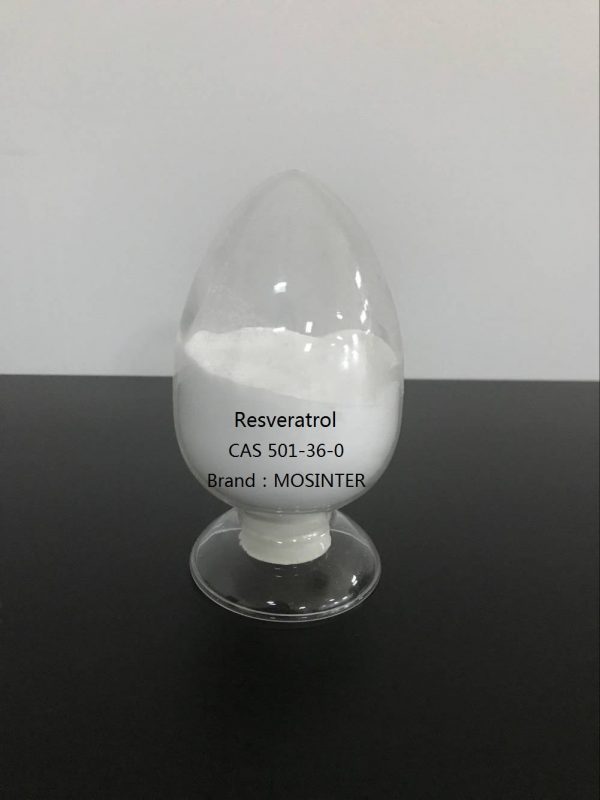
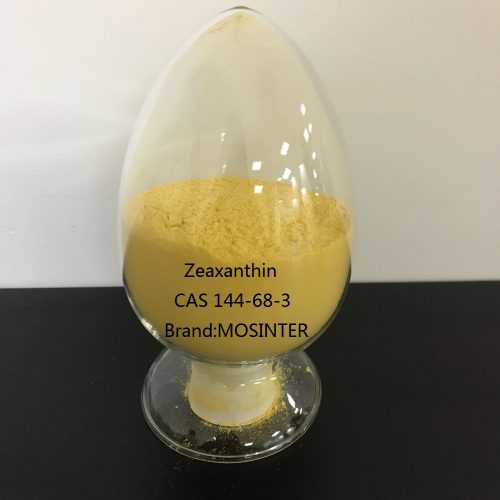
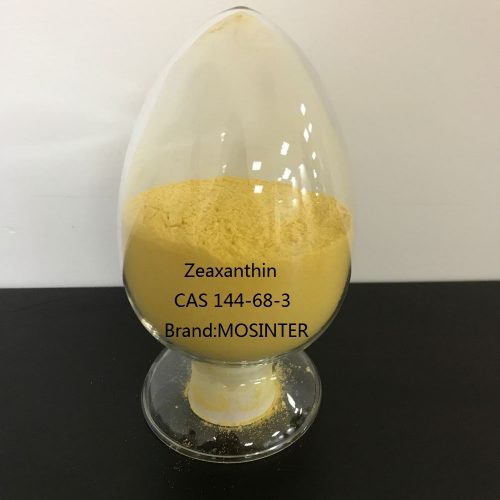
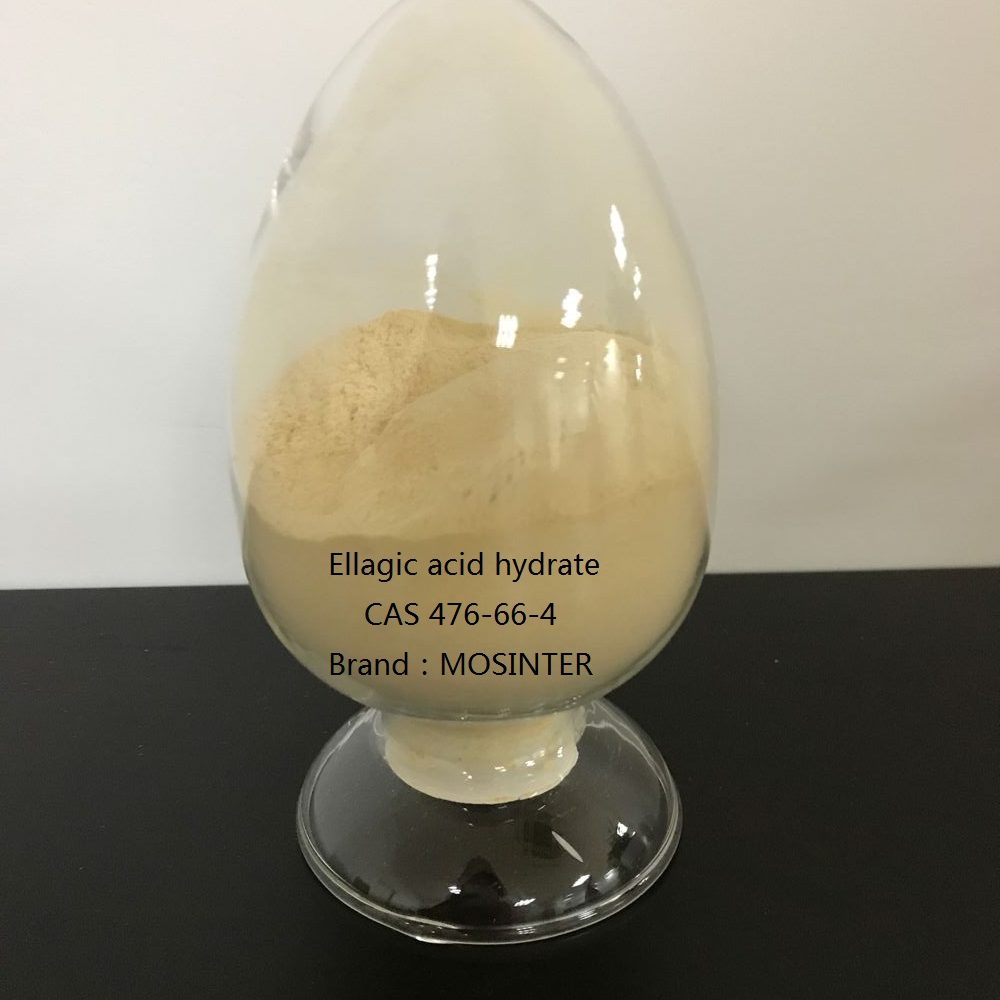
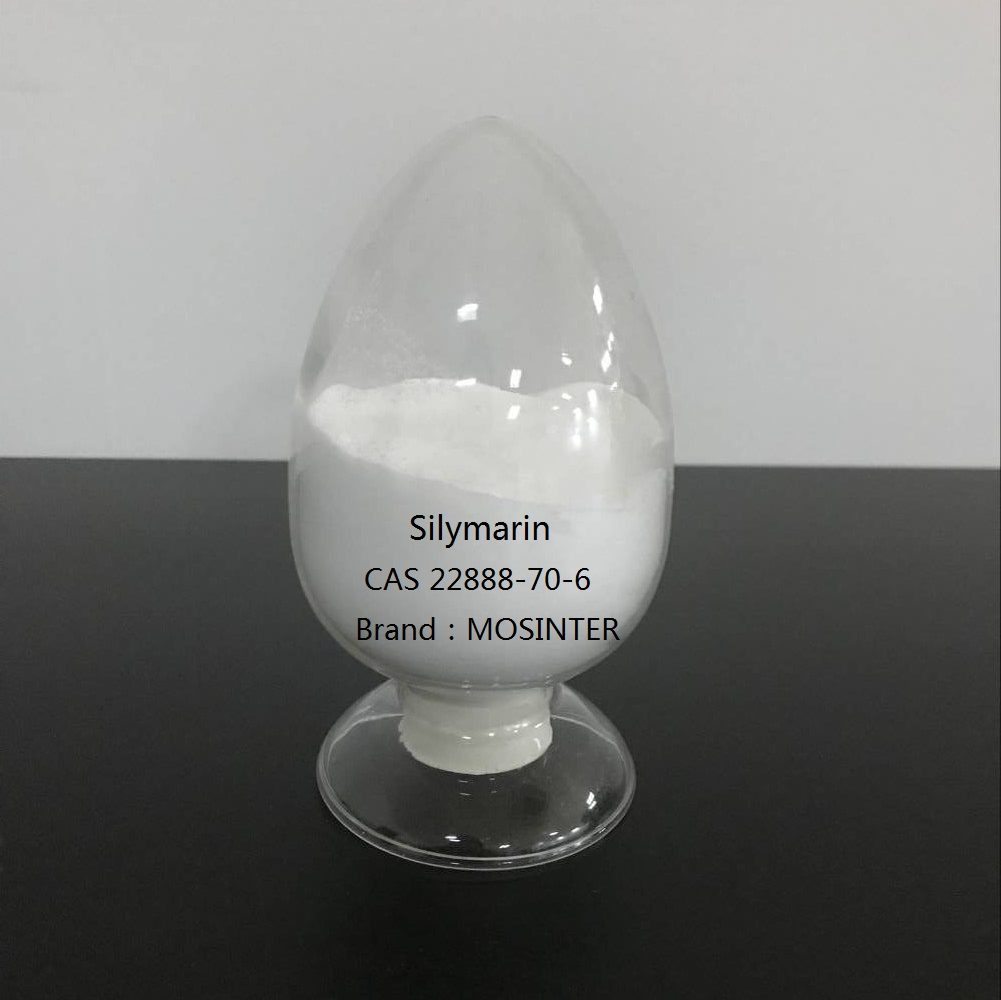
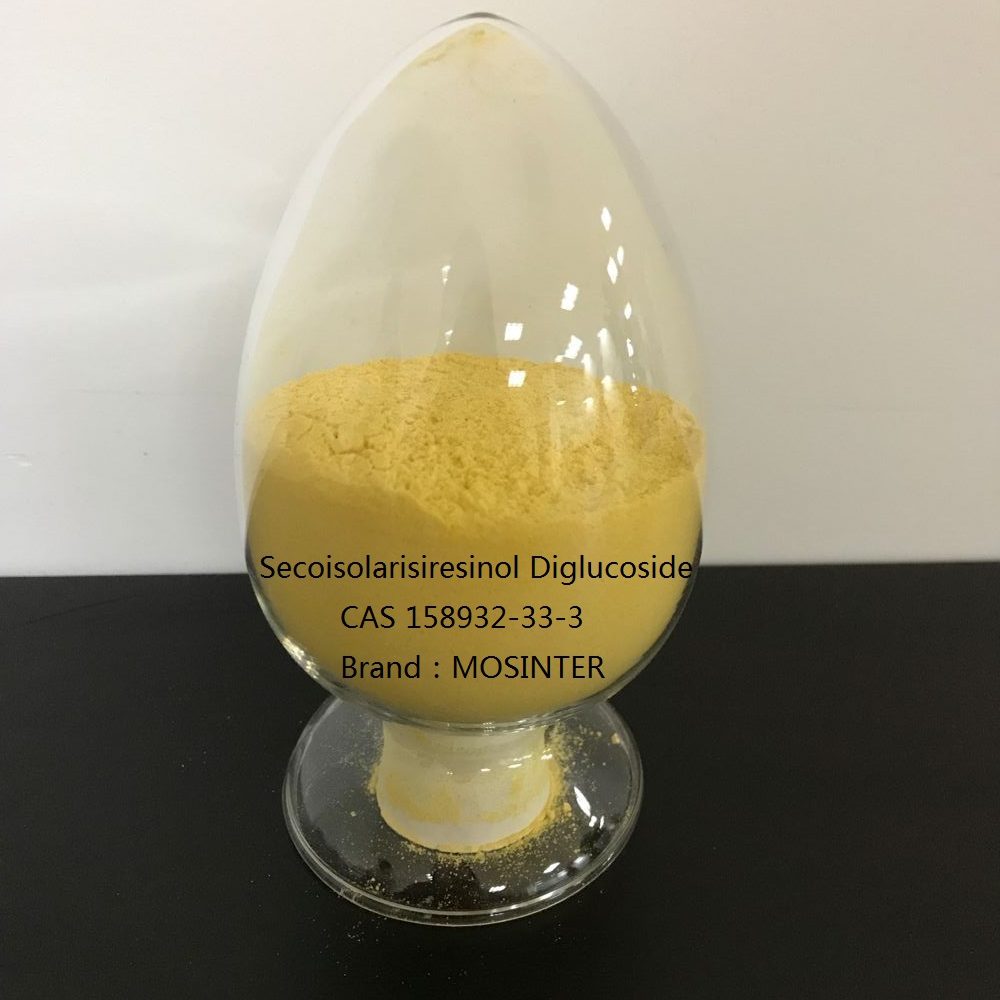
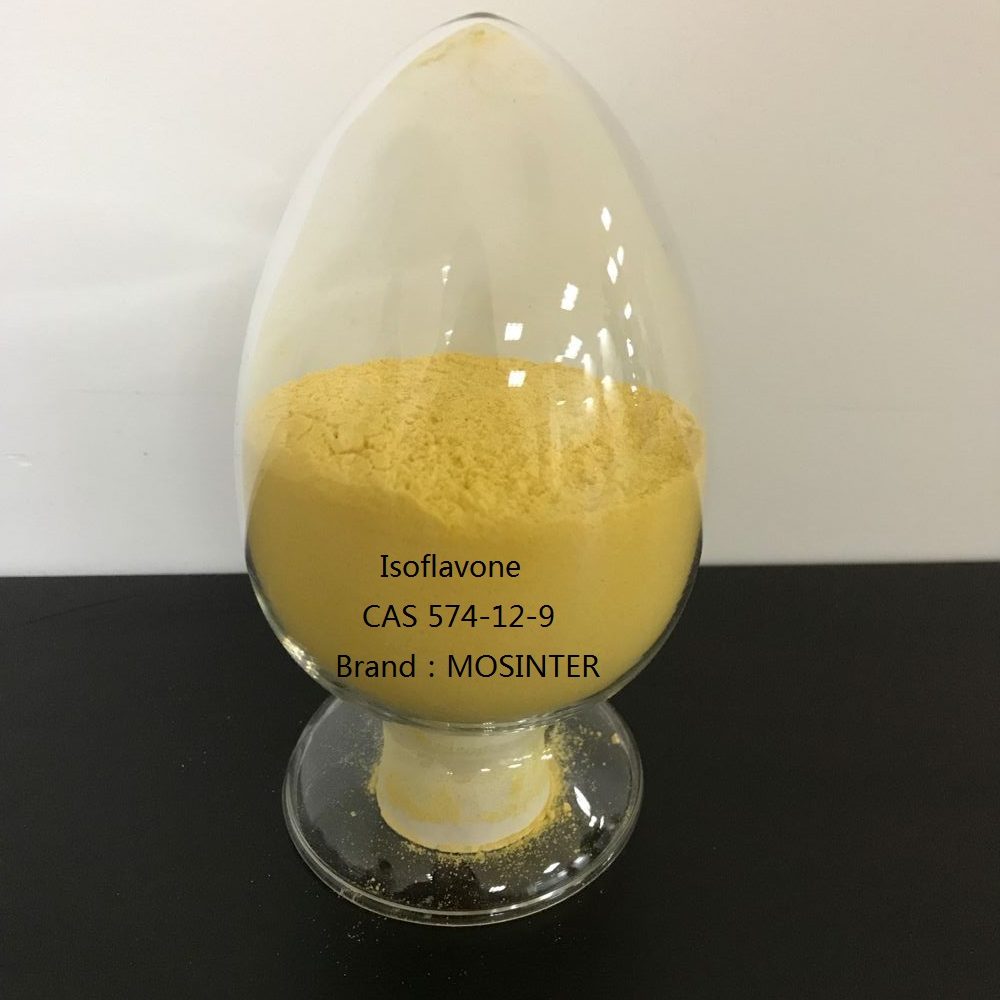
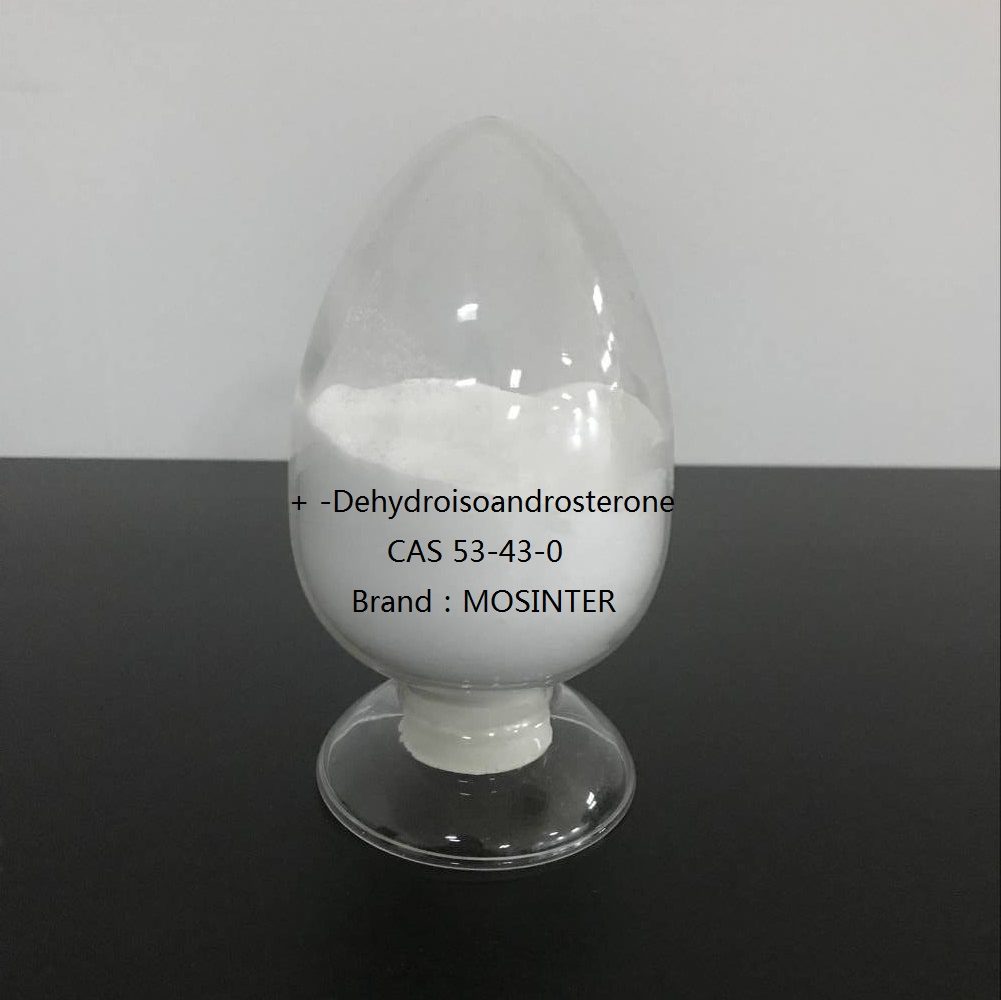
Reviews
There are no reviews yet.